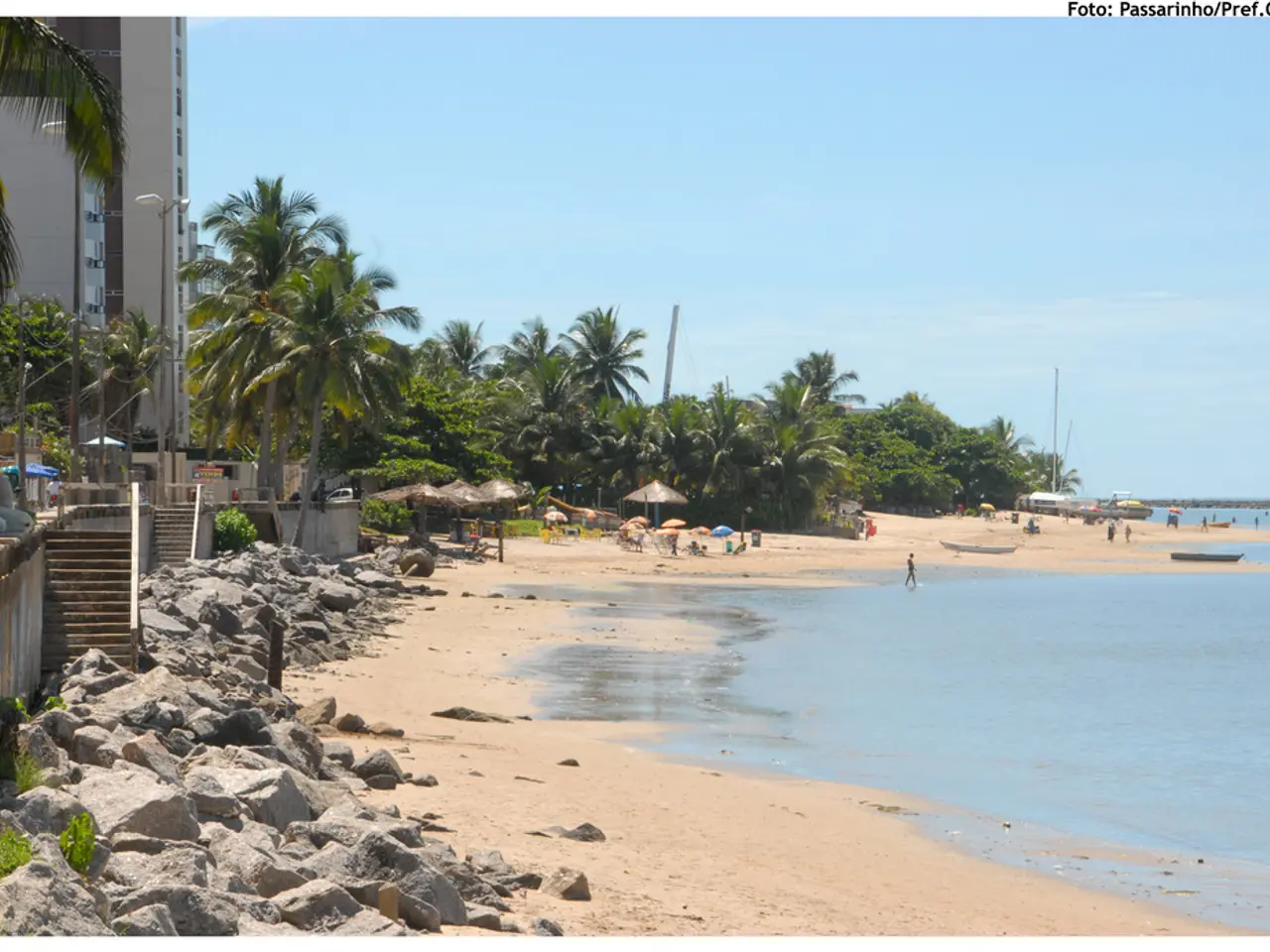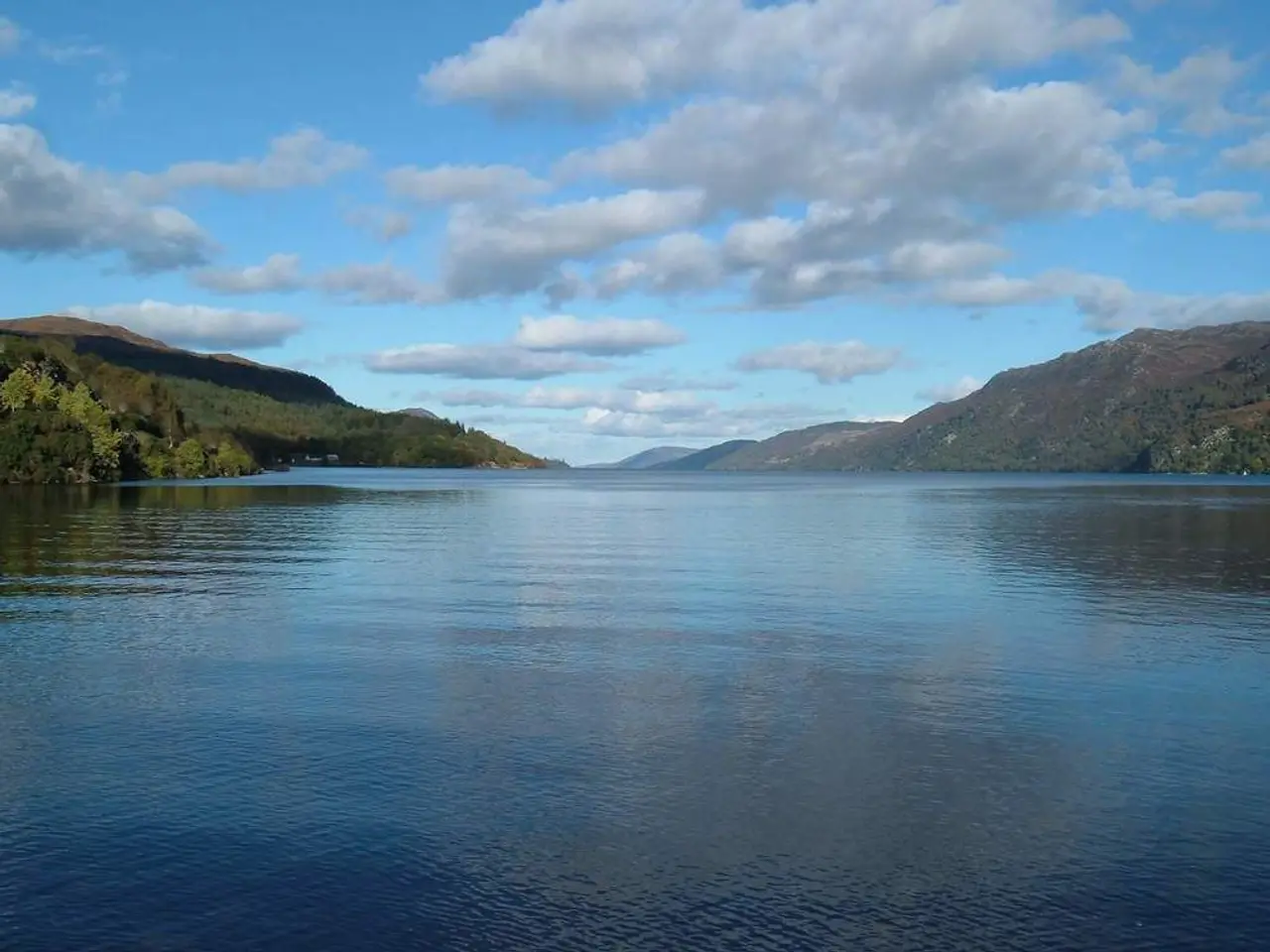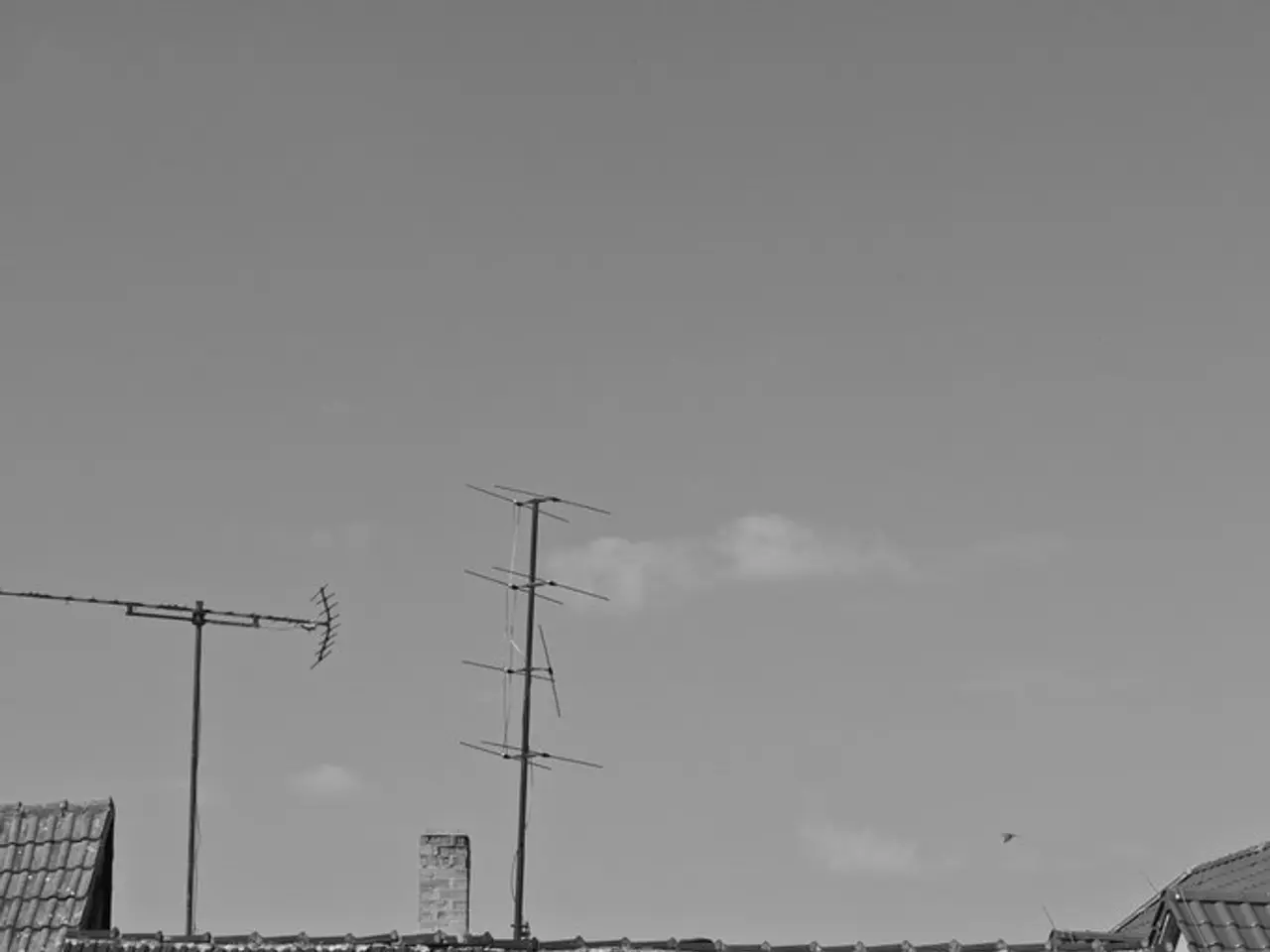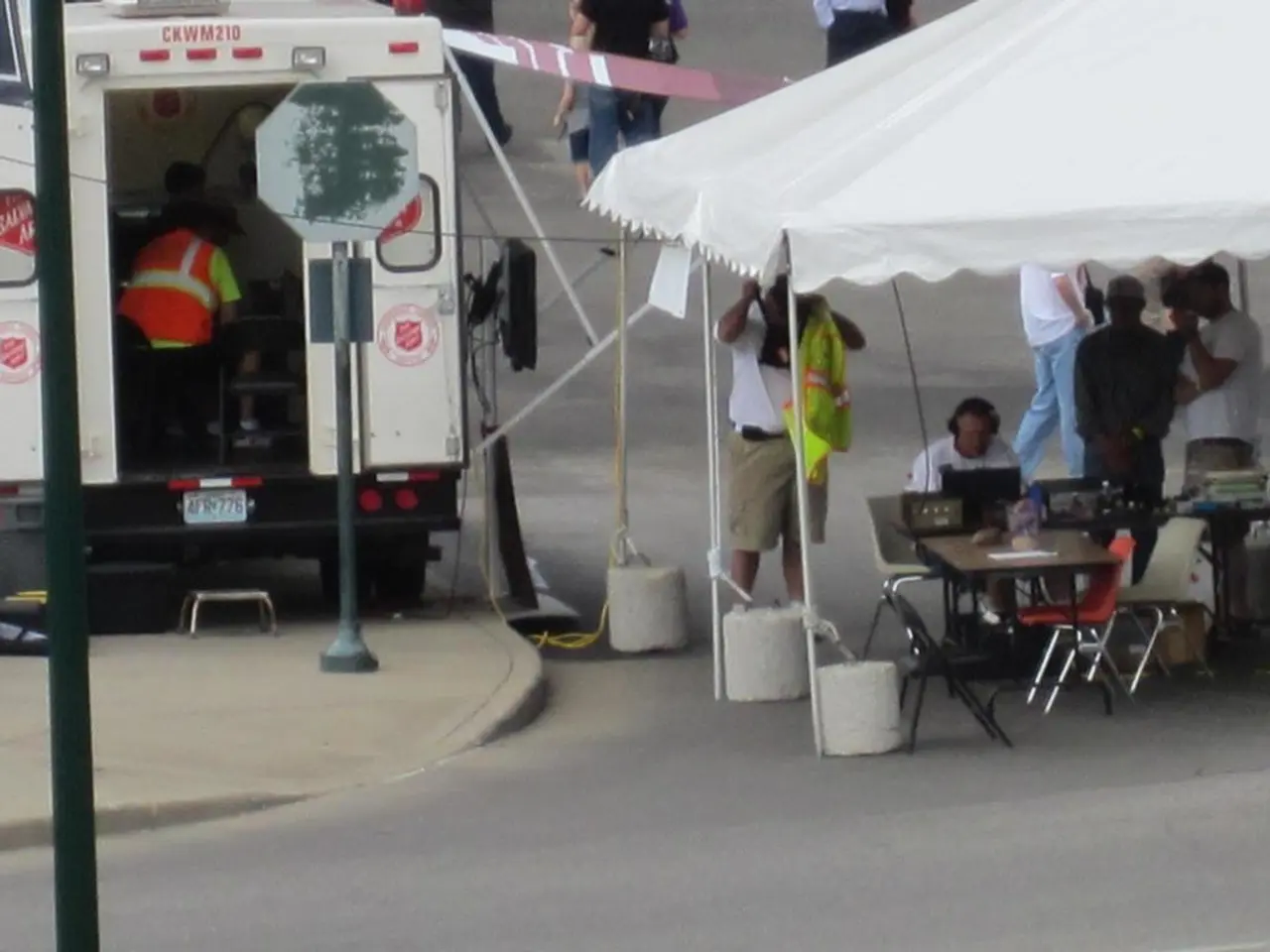Strong earthquake of magnitude 7.3 hits Alaskan island, triggering tsunami alert
A magnitude 7.3 earthquake struck approximately 50 to 55 miles south of Sand Point, Alaska, on July 16, 2025, around 12:37 p.m. local time. The quake occurred at a shallow depth of approximately 9 to 12 miles beneath the surface.
The seismic event generated multiple aftershocks, with the largest aftershock registering a magnitude of 5.2. Despite the initial concern, no major tsunami waves were reported. In Sand Point, only a very small wave of a few inches was observed, and other communities did not experience significant water disturbances.
Social media showed some evacuation to higher ground in coastal towns like Seward as a precaution, and the U.S. Coast Guard evacuated personnel at its Kodiak base temporarily. However, as the threat diminished, the Coast Guard stood down.
Initially, the National Weather Service issued a tsunami warning for the southern Alaska Peninsula, Kodiak Island, and coastal areas including Sand Point, Cold Bay, and Kodiak city. Expected tsunami arrival times were around 1:30 p.m. in Sand Point, 2:25 p.m. in Cold Bay, and 2:40 p.m. in Kodiak. The warning area extended from Kennedy Entrance to Unimak Pass and covered both sides of Cook Inlet.
As the situation evolved, the warning was downgraded to a tsunami advisory, instructing residents to stay out of the water and avoid beaches. Eventually, the advisory was lifted entirely by mid-afternoon the next day with no significant tsunami impacting the region.
Cold Bay, which is 100 feet above sea level, was initially under the tsunami warning but is now only under a tsunami advisory. Kodiak Police have reported that sirens sounded in the city, indicating a move to high ground. The cities of Cold Bay and Kodiak are included in the advisory area.
Sand Point, located on northwestern Popof Island, off the Alaska Peninsula, is approximately 600 miles southwest of Anchorage, Alaska. The prompt response and monitoring allowed authorities to lift the warnings safely after confirming only minor water disturbances and multiple aftershocks from the seismic event.
This is a developing story, with updates expected.
The National Weather Service initially issued a tsunami warning for several regions as a result of the seismic event, including international coastal areas like Seward in Alaska. Later, as the threat diminished, the warning was downgraded to a tsunami advisory, suggesting that people should be aware of the possible dangers of the weather conditions in these areas.








